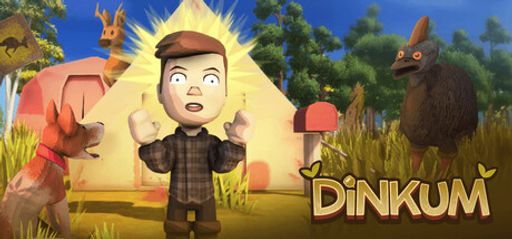I recently started a new adventure in Dinkum, an open-world island builder by James Bendon and published by KRAFTON, Inc. I was looking for a fun and memorable game and was excited to explore this island inspired by the wild Australian outback. With tropical forests, hot deserts, and peaceful billabongs, the setting offers a fresh break from typical game worlds. I jumped in as a seasoned explorer, ready to discover hidden places and face exciting challenges.
Overall Impression
Dinkum stands out in the crowded genre of life simulation and adventure games. Its blend of town building and dungeon exploring creates a medley of joyful surprises and unexpected challenges. I have traveled through many open-world games, and Dinkum certainly holds its own with a warm, engaging atmosphere. At the same time, it carries flaws that sometimes counterbalance the otherwise attractive experience. I found moments of genuine bliss and satisfaction, yet a few aspects detracted from an otherwise cozy journey.

Gameplay Mechanics
The gameplay mechanics in Dinkum are both creative and ambitious. The game invites players to build and customize a town right from scratch. I spent hours planning layouts, harvesting oranges from local fruit trees, and gathering resources. The familiar charm of simulation games is evident in the way the town evolves slowly across days. At the same time, Dinkum introduces an additional layer of challenge when you explore dungeons that resemble a small version of classic action RPGs. This unique blend means that your days alternate between nurturing a vibrant community and delving into dark, dangerous dungeons filled with looting opportunities.
I enjoyed the consistency and variety in the gameplay. For familiar tasks like farming and city planning, the game offers a comforting ease. However, the dungeon loop adds excitement and adrenaline. With every descent into these perilous levels, I felt both nervous and empowered by the chance to reap unique rewards. One player compared this element to a cozy version of Diablo, and I can see why. It brings action and strategy into an otherwise gentle simulation world. Despite a few moments of clunky control during dungeon battles, the integration of these mechanics feels heartfelt.
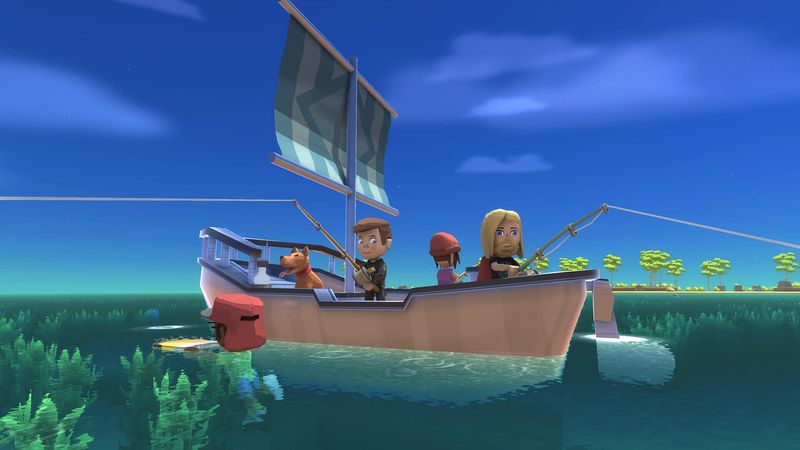
Noted Controversy
One point I could not ignore was the controversy surrounding the new publisher’s third-party End User License Agreement (EULA). Some terms appear to undermine the creativity inherent among players. For instance, restrictions on commercial use of gameplay footage, sharing the game across networks, and even modding have raised eyebrows. I share the concerns that such measures are both anti-consumer and possibly unenforceable. As gamers, we tend to cherish the freedom to remix and share our experiences. I find these guidelines distracting and, at times, unnecessary given the peaceful nature of the game. Should these terms be moderated or repealed, the overall gaming landscape for Dinkum would undoubtedly improve.
Story and Characters
In terms of story and characters, Dinkum offers an inviting albeit light narrative. The game does not aspire to deliver a sprawling epic; rather, it focuses on the subtleties of everyday life in a burgeoning town. Each villager possesses a distinct personality and unique design. I appreciated the delicate balance between storytelling and interactive play that this game offers. However, some encounters with the town’s citizens felt repetitive and robotic. Dialogue often lacks the depth that would make each character truly memorable. That said, the framework allows room for growth. I remain optimistic that future updates from the developers will add nuances and backstories to further humanize the inhabitants.

Visuals and Graphics
Visually, Dinkum charms with its vibrant representation of an isolated island life. The art style captures the warm hues of the Australian outback in vivid detail. The mix of tropical forests, arid deserts, and shimmering billabongs creates an enchanting tableau. I found that the graphics, though not photorealistic, serve the game’s purpose brilliantly. They enhance the tranquil, yet exploratory tone of the game, inviting players to wander at their own pace. Overall, the visual design contributes significantly to the immersive quality of the experience.
Sound and Music
The sound and music in Dinkum enhance the overall ambiance. The game employs a beautifully crafted soundtrack that blends soothing melodies with the urgency of dungeon adventures. Each region of the island boasts its own musical theme that reflects the local atmosphere. Action sequences in the dungeons pulse with tension, while the peaceful village areas offer gentle, uplifting tunes. Sound effects align well with on-screen events, further immersing players in the dynamic environment. Although voice acting is minimal, the musical score and ambient sounds compensate for this by creating a captivating soundscape.
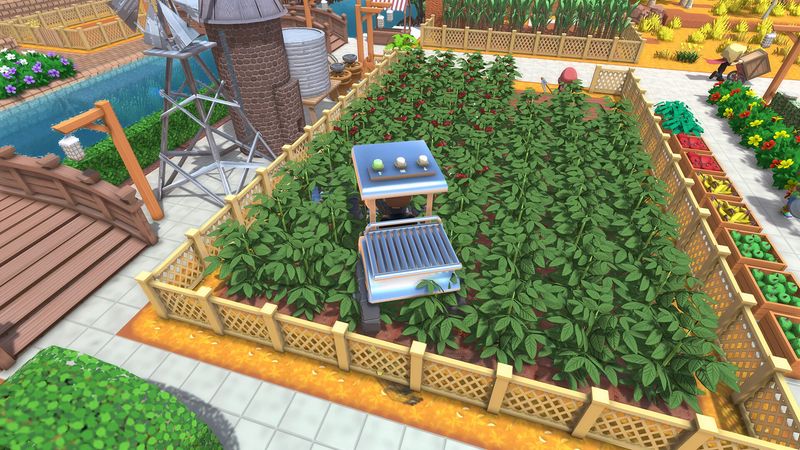
Difficulty and Replaybility
When it comes to difficulty and replayability, Dinkum strikes an interesting balance. The challenges mostly lie in resource management and navigating labyrinthine dungeons. I found that both tasks can be engaging when approached with patience and strategic foresight. A significant part of the game’s charm is its ability to make you feel accomplished with little victories—whether that means upgrading a town building or finally conquering a difficult dungeon level. One player noted spending almost 57 hours in the game, drawn by the rewarding cycle of farming, looting, and upgrading. Such persistence is a testament to the game’s inherent replayability; it gently encourages you to invest more time as you watch your small patch of land evolve into a thriving community.
Final Thoughts
In comparing Dinkum with other games in its genre, I see clear influences from titles like Animal Crossing and classic dungeon crawlers. The town-building aspect runs parallel to that of cozy simulation titles, yet the inclusion of action-packed dungeons sets it apart. While the game’s monster encounters and dungeon escapes can sometimes feel out of place in an otherwise gentle world, they add a layer of strategic depth and diversity that many other games lack. The mix of tender, everyday life and unexpected bursts of excitement makes Dinkum a surprisingly innovative adventure.
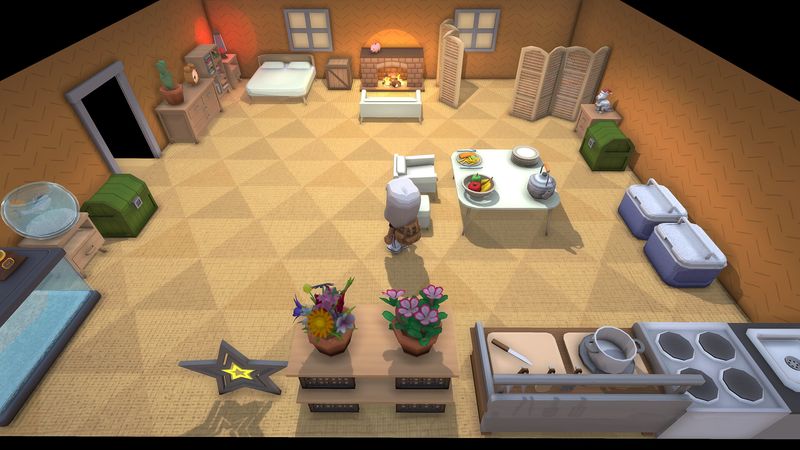
Behind-The-Scenes
It is notable that developer James Bendon and publisher KRAFTON, Inc. chose to take creative risks with Dinkum. Their choice to mix relaxed town building with challenging dungeon exploration has paved the way for a new subgenre of games. Although the current EULA and some repetitive character interactions raise concerns, the game’s core design philosophy shows promise. I remain hopeful that developer updates will address these issues while preserving the vibrant spirit of the game.
Conclusion
Dinkum is a charming and adventurous experience that offers too much to be ignored. It excels in setting an immersive tone and blending genres while maintaining a friendly mischief that keeps you on your toes. The gameplay is varied and engaging, the visuals are bright and atmospheric, and the soundtrack significantly enhances the overall mood. Despite occasional clunky mechanics, repetitive dialogues, and restrictive EULA guidelines that might inhibit community creativity, the game stands as a worthwhile adventure in a unique world.
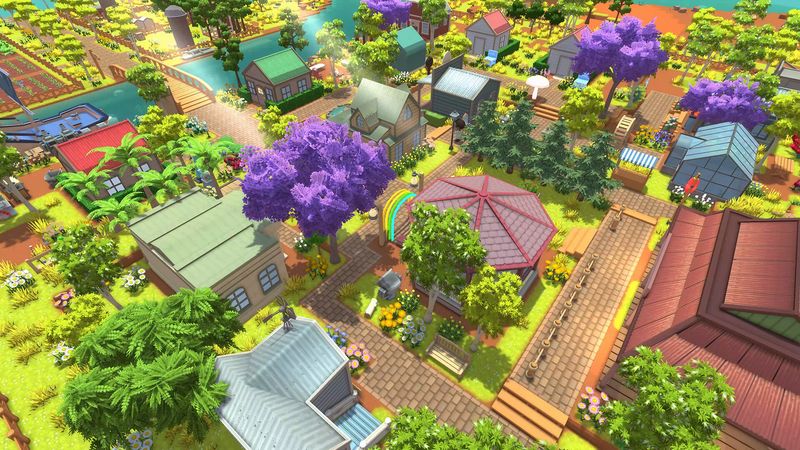
After careful consideration, I award Dinkum 4 out of 5 stars. The game invites you into a world of exploration and construction while keeping discoveries fresh at every turn. It is a must-play for those who appreciate a mix of peaceful simulation with moments of intense action. I recommend keeping an eye on future updates—both in gameplay and in the evolving EULA—as Dinkum continues to grow and refine its offerings. Happy exploring, fellow gamers!

